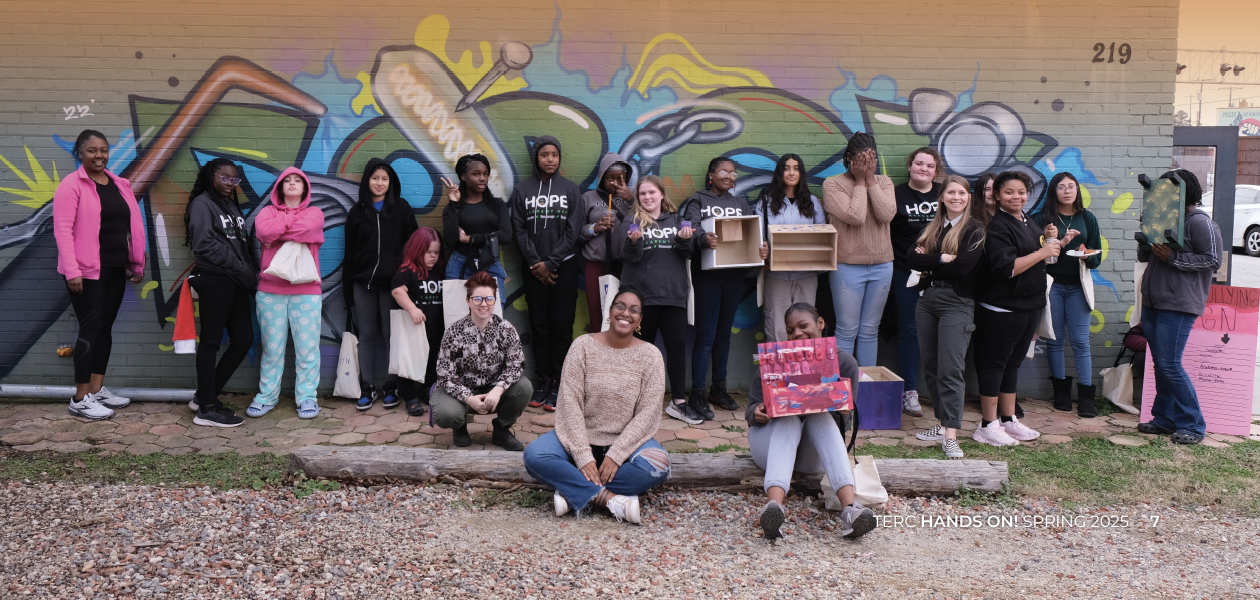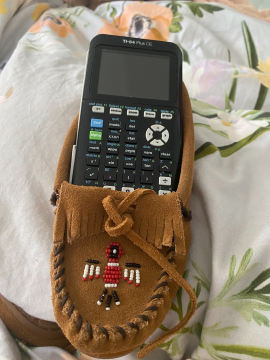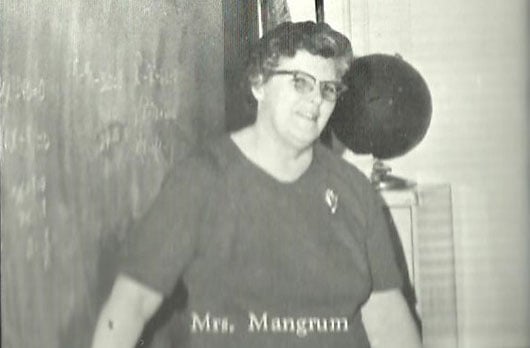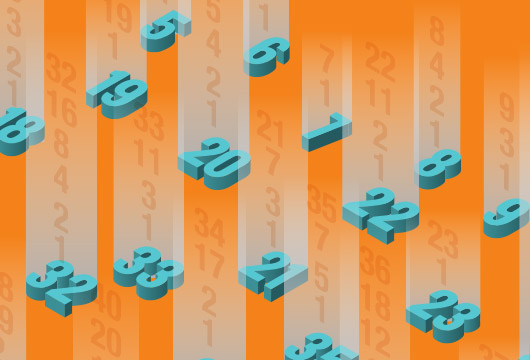TERC Blog
Reaching and Teaching Neurodivergent Learners in STEM
An Interview with Author Dr. Jodi Asbell-Clarke
Reaching and Teaching Neurodivergent Learners in STEM, a new book by TERC researcher Jodi Asbell-Clarke, Ph.D., M.A., M.Sc., encourages educators to embrace the cognitive strengths of neurodivergent learners in STEM (Science, Technology, Engineering, and Mathematics).
An educational researcher and director at TERC, Dr. Asbell-Clarke spent eight years co-teaching with a middle-school STEM teacher in a high-needs school to gather many of the stories and strategies in this book. Her work focuses on game-based learning, computational thinking, and neurodiversity in K–12. Early in her career, she was an onboard software verification analyst for IBM during the first 25 space shuttle missions. She later taught physics and astrophysics at the University of Illinois laboratory school.
We recently spoke with Dr. Asbell-Clarke about her book and its relevance for educators, administrators, and others with an interest in neurodivergent learners.
What inspired you to write this book?
-1-1.jpg?width=273&height=274&name=Jodis%20Book%20(2)-1-1.jpg) After 30 years in the field of STEM education, I realized that many people, including those in our education system, are unaware of the unique talents inherent in neurodivergent learners. I wanted to share the brilliance I’ve witnessed when neurodivergent learners tackle STEM problems.
After 30 years in the field of STEM education, I realized that many people, including those in our education system, are unaware of the unique talents inherent in neurodivergent learners. I wanted to share the brilliance I’ve witnessed when neurodivergent learners tackle STEM problems.
When I say neurodivergent, I’m referring, in part, to learners with autism, ADHD (attention-deficit/hyperactivity disorder), and dyslexia. Nearly one in five school children has an Individual Education Plan for one of these diagnoses. There are also many others who struggle with aspects of school, yet who are very strong problem solvers. For some, this is due to stress, anxiety, and/or depression, all of which are on the rise. But they are still talented learners; they just may need to be taught differently.
Every child enters a classroom with a unique set of strengths and weaknesses. My hope is that the strategies in my book help educators reveal those strengths and support those weaknesses, contributing to the development of an education system that effectively recognizes the diverse abilities of every student.
Beyond the education sector, who else do you think would benefit from reading your book?
I think people in computer science fields, such as AI (artificial intelligence) and cybersecurity, in engineering, and in finance would benefit from reading the book. These fields have a dearth of qualified candidates. They need problem solvers who are creative and systematic, who pay close attention to details, and who remain persistent until a problem is solved. We have a pool of these candidates, but they are going untapped. Too often they are marginalized by an education system that treats them as if they are broken. My book focuses on what we need to do to help get these students through the school system in ways that nurture their specific and important talents. By including neurodivergent learners in the way we teach, we will improve equity in education and our future workforce.
During your research for the book, were there any moments that particularly stood out or surprised you?
Two things surprised me. One was how many of the top CEOs of STEM companies already see neurodiversity as a competitive advantage. And the second was how far our education system still has yet to come to understand the power of neurodiversity in the classroom.
What needs to happen to bring those two things closer together?
On a systemic level, all learners need to be seen as having unique sets of strengths and weaknesses. Our education system must acknowledge the neurodiversity of learners; a one-size-fits-all approach is not effective. Individually, how this plays out in a classroom is structuring student learning time and classroom roles using different pedagogies that are known to reveal neurodiverse learners’ strengths, such as project-based learning.
What is project-based learning and how does it benefit neurodiverse learners?
It’s when students get to choose a project that interests and motivates them. When done well, project-based learning (PBL) has teachers from various subjects integrating their content within the overarching project.
When I was co-teaching in a high-needs-inclusive classroom, we used PBL to reach each learner in Grade 7. They came to class with so many challenges—cognitive, social, and emotional—but we found that, through PBL, we could engage everyone. Some kids used architecture software to design a dream house; some made dance videos; some made phone cases; and some made cookbooks. With each project, we worked through the design process—coming up with a goal and the steps to achieve that goal, so that we could really be explicit about the problem solving we wanted the kids to learn. By the time these kids were in Grade 9, they designed a new school building and presented their model to the school board and local council as input to an upcoming new build. When given agency and autonomy of their own learning, while still receiving guidance and structure from their teachers, these kids thrived.
What can educators draw from your book to make a swift positive difference in their teaching approach?
There are practical strategies in my book that range from how to reshape schools to how to make an individual lesson you can use tomorrow with your kids. I try to provide actionable information for administrators, teachers, and parents on how to reveal the strengths of neurodivergent learners while also supporting their struggles.
[One strategy is] looking at assessment differently and how you define assessment. By using a real-time assessment during our project-based learning classes, my co-teacher was able to catch excellence in the moment rather than trying to extract it on a test.
[Another strategy is] meeting each learner’s needs [by] differentiating the experience. Some students may need a blank page to get started on a problem. Other students may need to dissect a problem someone else has already completed. Others may need to work in a group to hash out solutions before they can get started. Allowing and providing different avenues to success doesn’t take away from their ability to learn; in fact, it promotes it.
What do you hope readers will take away from the book?
I hope that each teacher and every reader will have a new lens with which to look at neurodivergent learners. Rather than seeing them as needing to be fixed, this book will give readers strategies to turn the question around and ask how we can change teaching and learning to embrace their differences.
Many of the strengths that are particular to neurodiversity happen to also be exactly what we need for a strong STEM work force. It’s on us as educators to create methods to support those strengths—not only for equitable education, but also for an innovative workforce ready to tackle challenges we face as a society.
Reaching and Teaching Neurodivergent Learners in STEM is available for purchase via Amazon and the publisher. Learn more.


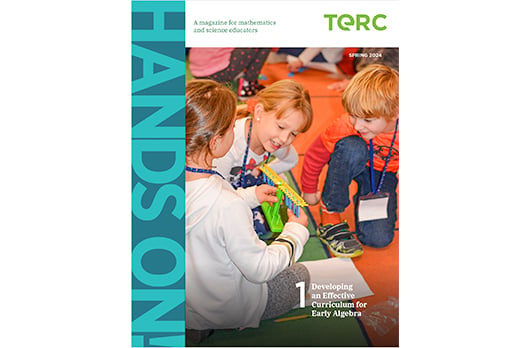




-Bonda.jpg)
